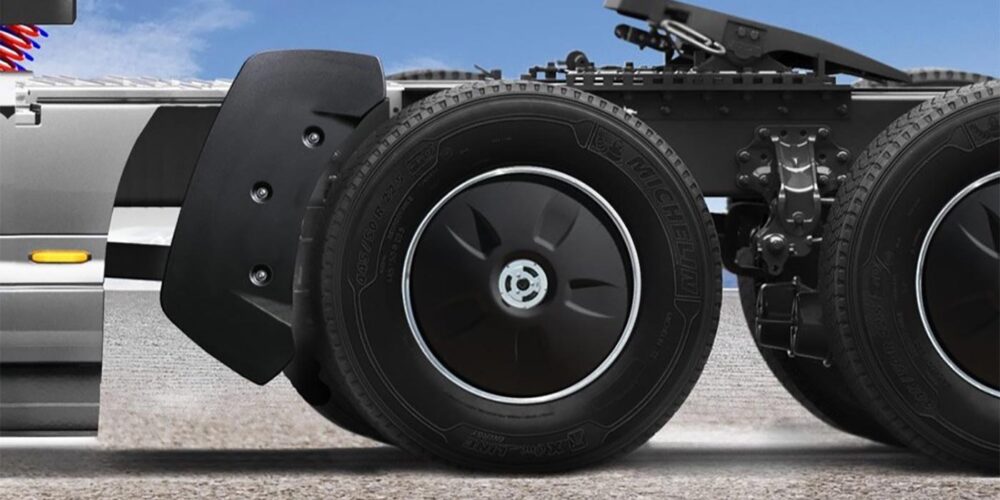As we last discussed, many new engines employ high pressure common rail (HPCR) technology, injecting diesel fuel upwards of 2,700 bar. These engines are being challenged to meet stricter (read: cleaner) emissions requirements from governments around the world. To meet that challenge, engine OEMs are employing both on-engine and exhaust aftertreatment solutions. HPCR is an example of an on-engine technology, carefully controlling the amount and timing of diesel that is injected into the cylinder. This, along with other on-engine technologies such as exhaust gas recirculation (EGR), does what is needed to minimize emissions while limiting the compromise of power and fuel efficiency.
The other technologies used to limit emissions are in the exhaust stream, called aftertreatment solutions. These devices include, but are not limited to, diesel particulate filters (DPFs) and selective catalytic reducers (SCR). Both of these technologies serve to reduce both particulate matter (PM) and oxides of nitrogen (NOx) coming out of the engine to meet whatever emissions standard is in place where the engine is operated. In all cases, the on-engine technology is working in harmony with aftertreatment devices, which depends on the specific strategy employed by the engine OEM. Some engine OEMs have met emissions requirements using just on-engine technology with no aftertreatment, but most have both to some extent.
So why is this important in a column about fuel and the delivery of clean and dry fuel to your injection system? I’m glad you asked! First, because the aforementioned aftertreatment devices used to meet emissions standards around the world use precious metals as a catalyst (chemical “stimulant”) for the beneficial reaction that aids in reducing PM and NOx. These precious metals can be poisoned and cease to work as designed in the present of sulfur, which is (or was) present in high numbers in diesel fuel around the world. Second, sulfur in the diesel is linked to the creation of sulfuric acid (acid rain) when burned in an engine, so its removal can have immediate benefits to the environment. This brings us to our barrel of oil and the beginning of the journey it takes to your engine’s injector.
All diesel fuel starts as a barrel of oil brought out of the ground somewhere around the world. It can be light crude or heavy crude depending on the density or it can be sweet crude or sour crude depending on the sulfur content (the more sulfur present, the more sour it is considered). For every barrel of oil that is produced, only about 15% of it goes to the production of diesel fuel. Jet fuel takes up about 10% and the majority goes to petrol fuel. The remainder is made into other hydrocarbon products like plastics. Interestingly, only about 1% of a barrel of oil is used for the production of what we might traditionally consider “oil.”
For those reading without the use of a PhD in Organic Chemistry (and me without the benefit of having one), I would like to explain the process by which diesel is made:
Simply put, when oil enters the refinery it goes into a crude distillation unit, where it is heated under pressure to split up the “heavy stuff” from the “light stuff” and everything in between. This is done multiple times under different pressure and temperature conditions. Various catalysts are also used here, which allow refineries to manipulate the chemistry of the fuel as needed. For example, as mentioned previously there is a large demand for (lighter) petrol fuels. To meet this demand, refineries will treat some of the heavier streams to turn them into lighter fuels for this market. These petrol streams are then stripped of the unwanted sulfur and nitrogen compounds. To raise the octane number of these fuels, they are sent to a reformer where large amounts of hydrogen are produced as a by-product.
Meanwhile, back in the diesel process, that same hydrogen is used in a hydrotreater along with heat and catalysts to remove sulfur from the diesel stream (current acceptable levels for new emissions engines reside around 10-15 ppm). The really cool part happens after the hydrotreater, where the hydrogen sulfide is reacted with oxygen to give solid sulfur and water vapor. There are of course very limited waste streams in refining, so the sulfur is sold to other industries where it is put to good use (in fertilizer, for example).
This is about as simple as I can make it in two paragraphs, but the important point is that sulfur can no longer exist (<15 PPM) and refineries are upgrading their equipment to meet this requirement.
The final products from crude oil refineries are petrol, diesel, bitumen and LPG gas which is either sold, stored in a controlled environment or distributed using pipe lines, rail carts or road tankers.
Deena Kasavelu is the sales manager, clean fuel and lube solutions, Donaldson Filtration Systems.













